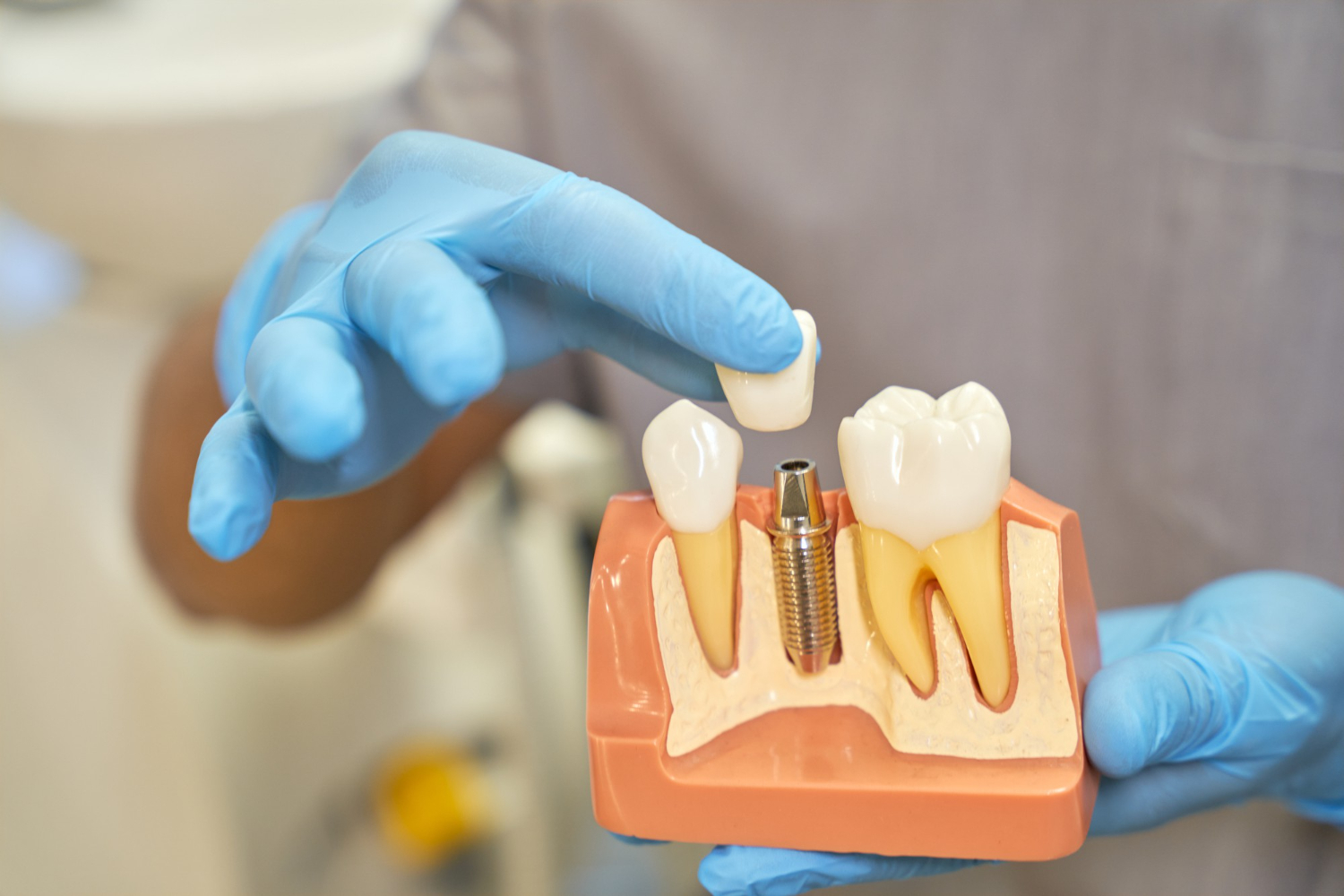Dental extractions, or tooth extractions, are common procedures performed by dentists to remove a tooth from its socket in the jawbone. While the thought of having a tooth removed may seem intimidating, extractions are often necessary to maintain oral health and prevent further complications. In this article, we will explore the reasons for tooth extractions, the types of extractions, the extraction process, recovery and aftercare, potential complications, and alternatives to extractions.
Reasons for Tooth Extractions
There are several reasons why a dentist may recommend a tooth extraction. These include:
- Severe tooth decay: When tooth decay reaches an advanced stage and compromises the tooth’s structure, extraction may be necessary to prevent the spread of infection to neighboring teeth.
- Advanced gum disease: Periodontal disease can cause the gums to recede and the supporting bone to deteriorate, leading to loose teeth that may require extraction.
- Tooth infection: If a tooth becomes infected due to deep decay or a dental abscess, extraction may be necessary to eliminate the infection and prevent its spread.
- Overcrowding: In cases where there is insufficient space in the mouth for the teeth to properly align, extraction of one or more teeth may be recommended to create room for orthodontic treatment or to prevent crowding-related issues.
- Trauma: Teeth that have been severely damaged due to trauma, such as a sports injury or accident, may need to be extracted if they cannot be effectively restored.
Types of Dental Extractions
There are two main types of dental extractions:
- Simple extractions: Simple extractions are performed on teeth that are visible and accessible in the mouth. The dentist uses specialized instruments to loosen the tooth and gently remove it from its socket.
- Surgical extractions: Surgical extractions are more complex and involve the removal of teeth that are not easily accessible. This may include impacted wisdom teeth or teeth that have broken off at the gum line. A surgical procedure is performed to access and remove these teeth.
The Tooth Extraction Process
The tooth extraction process typically involves the following steps:
- Pre-extraction preparations: Before the extraction, the dentist will review your medical history and take any necessary X-rays to assess the tooth’s condition and position.
- Anesthesia and numbing: Local anesthesia is administered to numb the area around the tooth, ensuring a comfortable and pain-free procedure. In some cases, sedation may be used to help patients relax during the extraction.
- Tooth removal techniques: Depending on the type of extraction, the dentist may use different techniques to remove the tooth. This can include gently rocking the tooth back and forth or making a small incision in the gum tissue to remove the tooth.
- Post-extraction care: After the tooth is removed, the dentist will provide instructions for post-extraction care, such as biting on a gauze pad to promote blood clot formation and avoid excessive bleeding.
Recovery and Aftercare
Recovery following a tooth extraction may vary depending on the complexity of the extraction and individual healing factors. Here are some general guidelines for recovery and aftercare:
- Pain management: Over-the-counter pain relievers or prescribed medications can help manage any discomfort or pain following the extraction.
- Swelling and bruising: Swelling and bruising around the extraction site are normal. Applying an ice pack to the affected area can help reduce swelling.
- Eating and drinking recommendations: Stick to soft foods and avoid using a straw for the first few days to prevent dislodging the blood clot that forms in the extraction site.
4Oral hygiene instructions: Maintain good oral hygiene by gently brushing your teeth and tongue, avoiding the extraction site. Rinse your mouth with a saltwater solution as directed by your dentist.
Potential Complications and Risks
While tooth extractions are generally safe, there are potential complications and risks associated with the procedure. These may include:
- Dry socket: This occurs when the blood clot that forms in the extraction site becomes dislodged or dissolves prematurely, exposing the underlying bone and nerves. It can cause severe pain and may require additional treatment.
- Infection: Infections can occur if proper oral hygiene is not maintained after the extraction. Symptoms may include increased pain, swelling, or discharge from the extraction site.
- Nerve damage: In rare cases, the nerves in the surrounding area may be affected during the extraction, leading to numbness, tingling, or altered sensation. This is usually temporary but can be a cause for concern.
Alternatives to Extractions
In some cases, alternatives to extractions may be considered. These alternatives include:
- Root canal therapy: If the tooth can be saved, root canal therapy may be recommended. This involves removing the infected pulp from the tooth and sealing it to prevent further infection.
- Dental crowns: For teeth with extensive damage or decay, a dental crown can be placed to restore the tooth’s strength and appearance.
- Orthodontic treatments: In situations where overcrowding is the issue, orthodontic treatments such as braces or clear aligners can help align the teeth and eliminate the need for extraction.
Conclusion
Tooth extractions are dental procedures performed to remove a tooth from its socket. They are necessary in cases of severe decay, gum disease, infection, overcrowding, or trauma. It’s important to follow proper aftercare instructions to ensure a smooth recovery and minimize the risk of complications. If you suspect you may need a tooth extraction, consult with a dental professional who can evaluate your specific situation and provide appropriate recommendations.
FAQs
- Is tooth extraction a painful procedure?
- While you may feel pressure during the extraction, the procedure itself should not be painful as local anesthesia is used to numb the area. After the extraction, some discomfort is normal but can be managed with pain medications.
- How long does it take to recover from a tooth extraction?
- Recovery time varies from person to person and depends on the complexity of the extraction. Generally, it takes about a few days to a week for the initial healing, but complete healing may take several weeks.
- Can I eat normally after a tooth extraction?
- It is recommended to stick to soft foods and avoid chewing on the extraction site for the first few days. Gradually reintroduce solid foods as you feel comfortable and follow your dentist’s recommendations.
- What should I do if I experience prolonged bleeding after a tooth extraction?
- If bleeding persists or becomes excessive, apply gentle pressure on the extraction site using a clean gauze pad or tea bag. If bleeding does not stop, contact your dentist for further guidance.
- Can I get a dental implant after a tooth extraction?
- In many cases, dental implants can be considered as a tooth replacement option after a tooth extraction. However, it depends on various factors such as the condition of the jawbone and overall oral health. Consult with your dentist to discuss the best treatment options for you.




